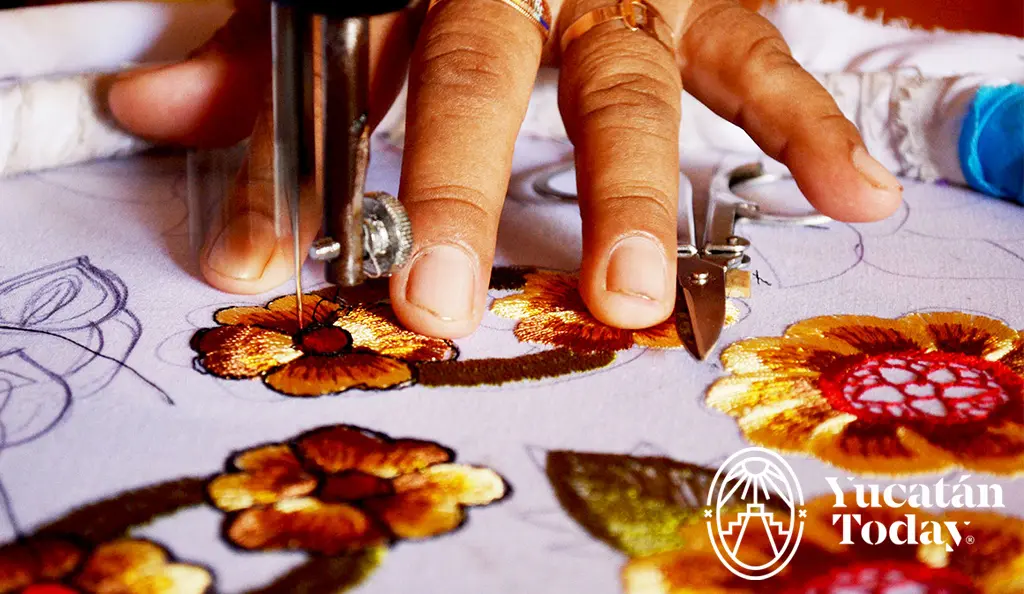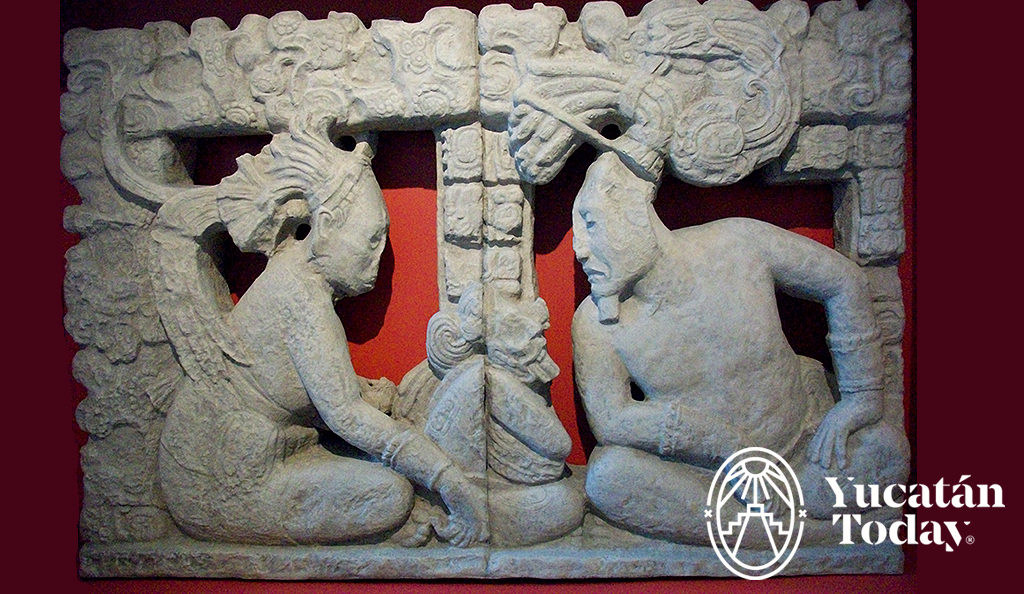
Maya Goddess Ixchel
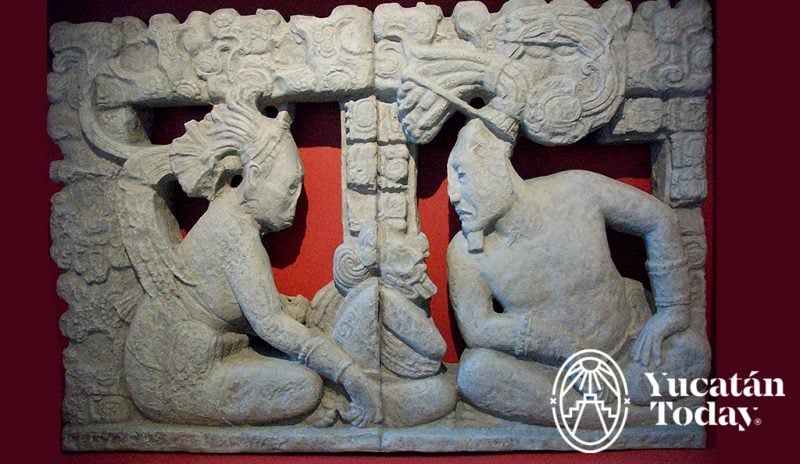
Ixchel (pronounced Ishchel) was the Maya goddess of the moon, love, gestation, medicine, and the textile arts. She was the wife of the sun god Ak Kin, and was often represented accompanied by a rabbit; in hieroglyphics her name appears as Chak Chel, meaning “large rainbow”. In the “Chilam Balam,” a collection of books that tells about the history of the Maya civilization, her name appears as Ixchel, which means “rainbow woman.”
It is said that an all-powerful god named Itzamná, one of the Maya gods who created the world, also married the goddess Ixchel and produced 13 children with her, of which two also helped in the creation of the world.
Ixchel, Goddess of the Moon
Ixchel was revered as the goddess of the moon, because of her feminine character. She represented the fertility linked to the earth, due to the fact that the cycles of the moon are those which determine the times of planting and harvest. She was also associated with the rains and the Maya rain god Chaac.
The Maya represented her as a young woman, as a symbol of the waxing moon, or else as an older woman, as a symbol of the waning moon, pouring a jug of water onto the earth, or sometimes as an elderly woman weaving on a loom. On her head, she wore a serpent, and the pattern on her skirt was of bones in the form of a cross. She was celebrated during the month of “Zip” in the Maya calendar under her role as goddess of medicine. She had four symbols in four different colors: red, white, black, and yellow, which were associated with the four segments of the universe.
Ixchel, Protector of Cozumel and Isla Mujeres
This goddess protected the pilgrims who visited her sacred island: Cuzamil, today known as Cozumel, where one of the most important temples dedicated to her was located. From the port Pole (today known as Xcaret) the canoes departed with pilgrims bound for her temple to seek the oracle of Ixchel; young women also joined this pilgrimage to ask her help in producing the sons that their husbands wished for.
Isla Mujeres (island of women) is also dedicated to Ixchel, where there is still a temple, so if you are curious you might want to see it during a visit to Quintana Roo!
Read more about the Maya gods:
- Maya Gods
- Discover the Maya Gods
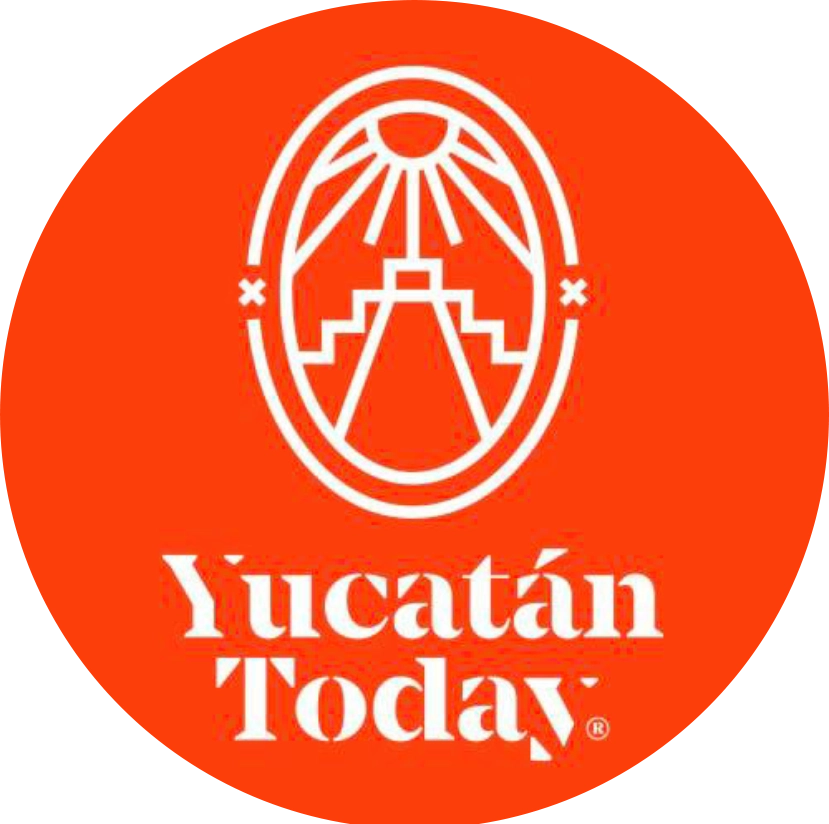
Author: Yucatán Today
Yucatán Today, la compañera del viajero, es un medio bilingüe de información turística sobre destinos, cultura, gastronomía y el qué hacer en Yucatán con 37 años de trayectoria.
¡Receive the latest articles and much more from the best of Yucatán in your email!
Related articles
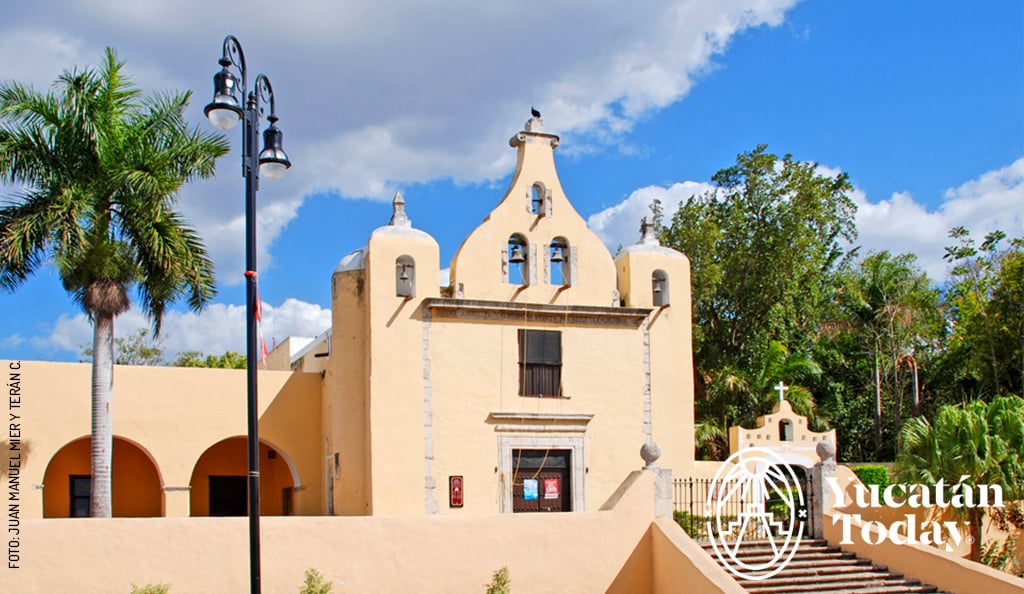
La Ermita de Santa Isabel
A charming corner without a doubt is La Ermita de Santa Isabel. Inside the San Sebastián neighborhood in the Historic Center, near the old salt.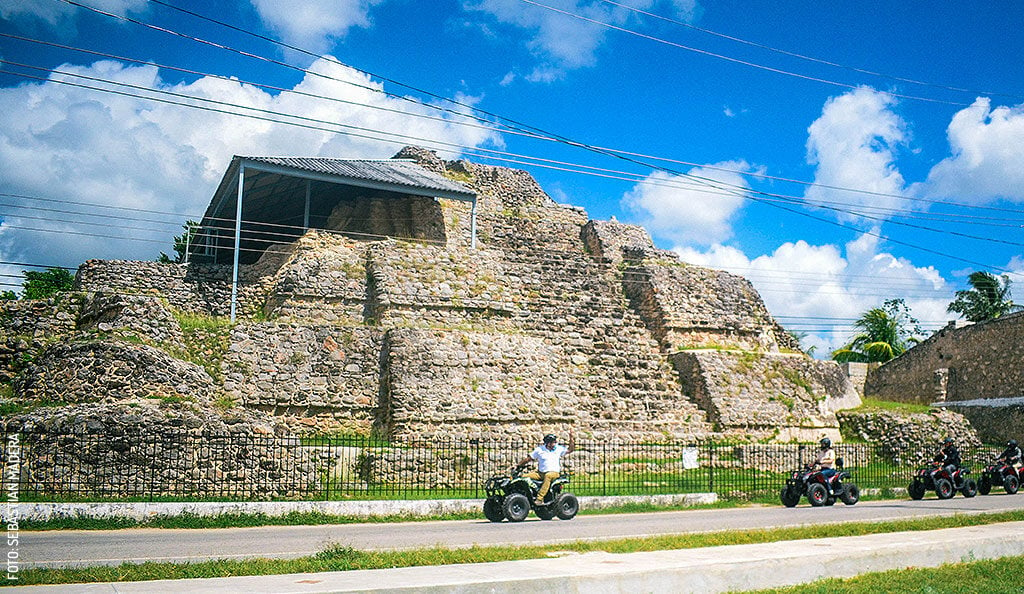
Acanceh
Acanceh es, junto con Izamal, una de las poblaciones yucatecas en donde las construcciones monumentales mayas conviven con edificios coloniales y las...